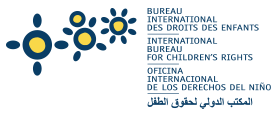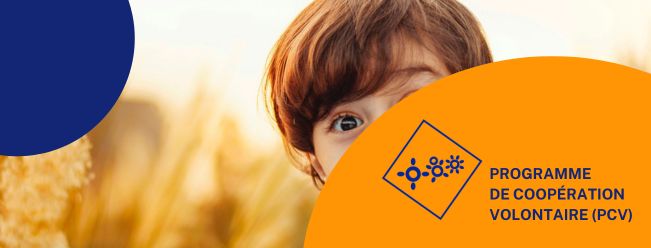One of the IBCR’s first major publications was the Guidelines on Child Victims and Witnesses of Crime. This work was developed in response to a request for assistance issued by public agencies and professional bodies. These Guidelines were officially adopted by the United Nations Commission on Crime Prevention and Criminal Justice in 2005. Since then, the IBCR has continued to develop tools, manuals and legal standards with a view to improving the protection of children’s rights and aligning protection methods around the world.
Preparing and publishing these tools serve several purposes, including:
- Guiding professionals and other stakeholders whose everyday work involves direct contact with children
- Improving laws, procedures and practices, both national and internal, so that children’s rights can be fully upheld
- Supporting governments and international, public, non-governmental and community organisations in the development and application of laws, policies, programmes and practices involving children’s issues
- Strengthening the capacities of stakeholders by developing comprehensive training kits
The IBCR’s most well-known publications include: Guidelines on Justice in Matters Involving Child Victims and Witnesses of Crime; Children and Armed Conflict, a manual on international humanitarian law and human rights; Understanding Children’s Rights and the Convention on Children’s Rights in Quebec. The IBCR has also developed practical work tools to prevent trafficking in Peru and to support juvenile justice in the Middle East, North Africa and the Congo. More than 20 comprehensive training courses in five languages have also been put together.





